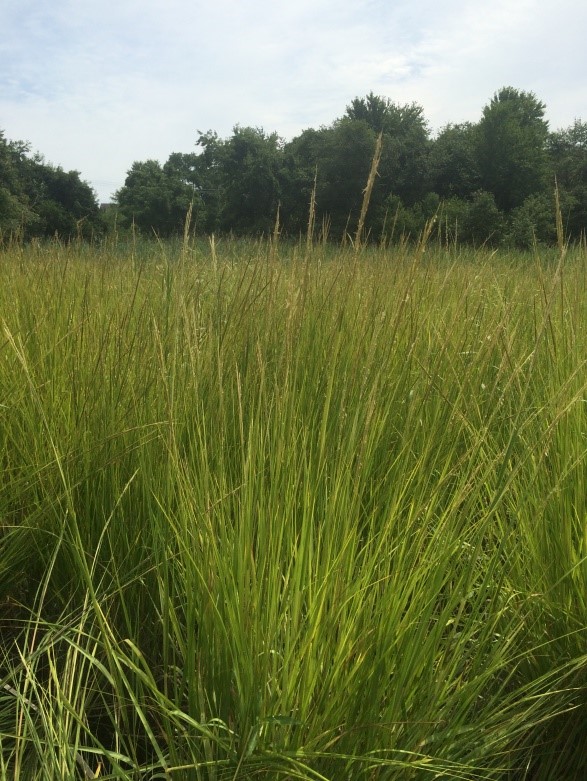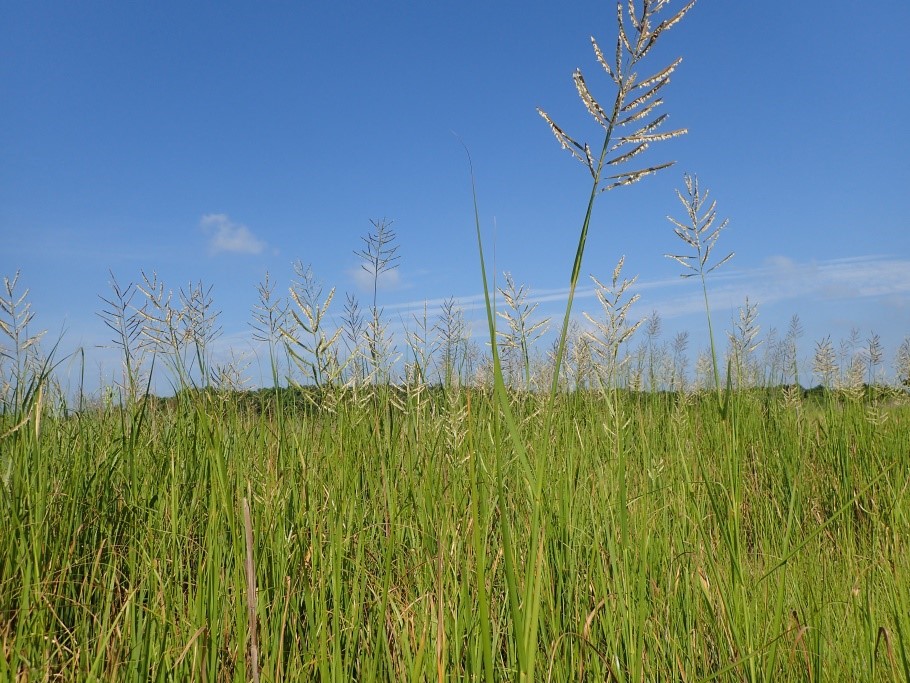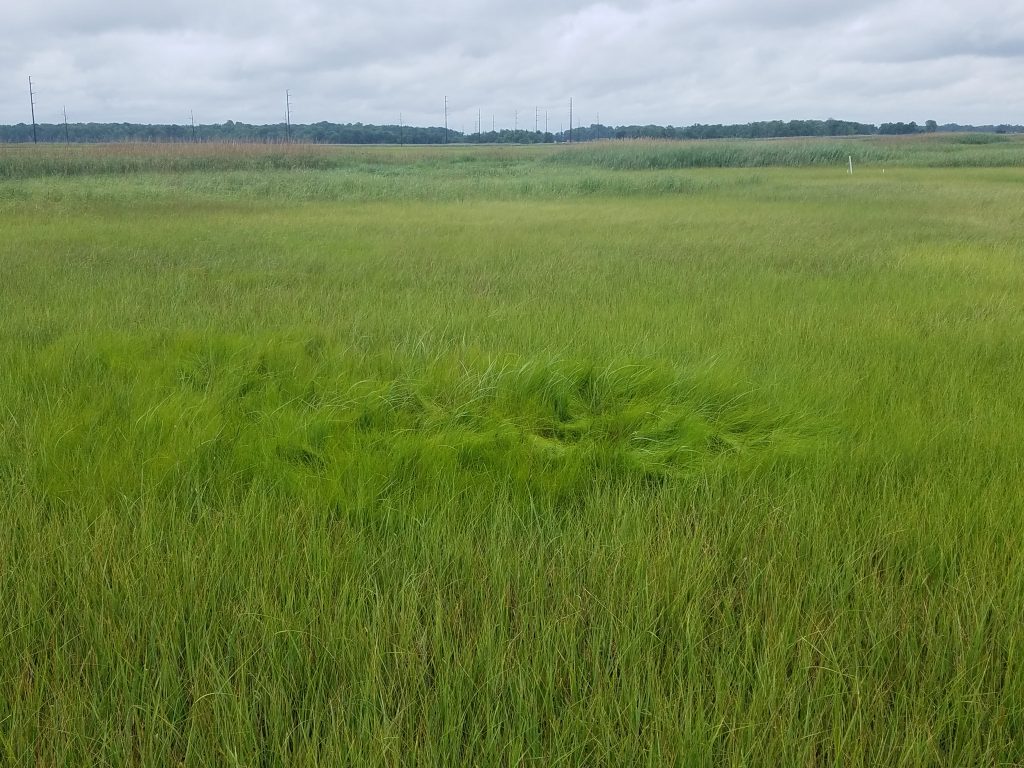
Facebook Twitter Instagram YouTube RSS Feed
Written on: December 5th, 2019 in Outreach

When we think of Delaware’s coastlines, nothing comes to mind quite like the beautiful, expansive marshes full of saltmarsh cordgrass blowing in the gentle sea breeze. Our team has become especially well-acquainted with this grass, known by most as Spartina alterniflora, as we have visited hundreds of tidal wetland sites over the years.
Much to our surprise, Spartina alterniflora was recently renamed as Sporobolus alterniflorus. Previously, Spartina and Sporobolus were 2 of 6 separate genera within a larger group called Sporobolinae. Those classifications were largely based on visible features of plants, where species were grouped together based on shared physical, or morphological, traits.
However, more recent studies increasingly use advanced technology to classify groups based on DNA sequences. Such molecular studies can clarify, and sometimes refute, older proposed classifications. This was the case for Peterson et al., who published their research in 2014 in the journal TAXON. Their study showed that Spartina and Sporobolus are not 2 separate genera, but rather, that plants in the Spartina group actually belong within the Sporobolus genus.

It is not just our beloved Spartina alterniflora that has gotten a name change, though; all species that were before placed in the genus Spartina have now been reclassified to the genus Sporobolus. This means that saltmeadow cordgrass, one of our beautiful high marsh plants and previously known as Spartina patens, is now called Sporobolus pumilus. Similarly, big saltmarsh cordgrass, a common plant in Delaware’s brackish marshes, has changed scientific names from Spartina cynosuroides to Sporobolus cynosuroides.
Surprisingly, these name changes are not as new as they may seem. Some other molecular studies as early as 2001 actually suggested that Spartina was within Sporobolus as well. However, those earlier studies did not have nearly as many plant samples as Peterson et al. did, making the results found by Peterson et al. more defensible.
So, within the past few years, the new names for Spartina plants have slowly begun to take hold. It’s time to become reacquainted with our tidal marsh inhabitants!
Sources: Peterson, P. M., Romaschenko, K., Arrieta, Y. H., and J. M. Saarela. 2014. A molecular phylogeny and new subgeneric classification of Sporobolus (Poaceae: Chloridoideae: Sporobolinae). TAXON, 63: 1212-1243.
